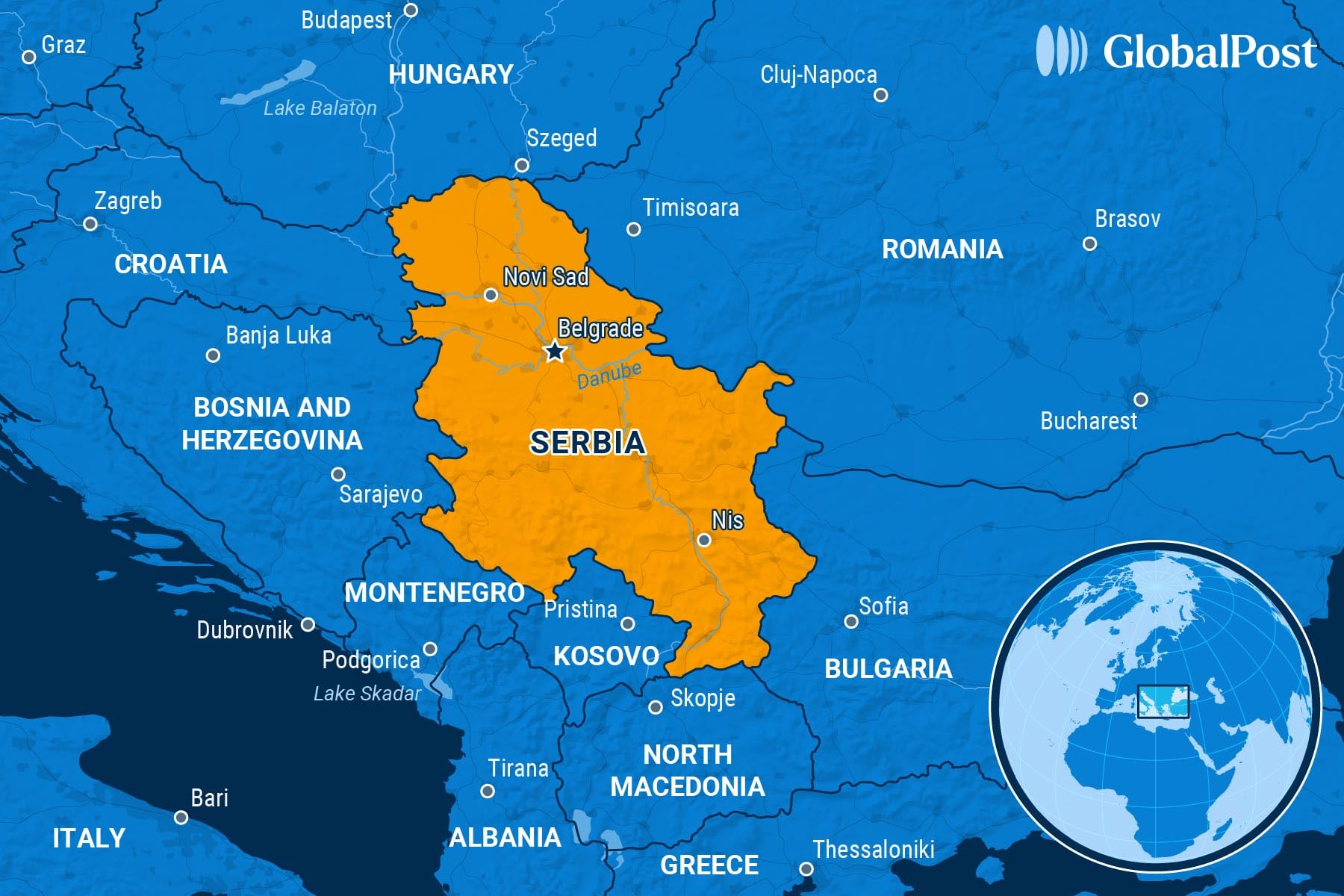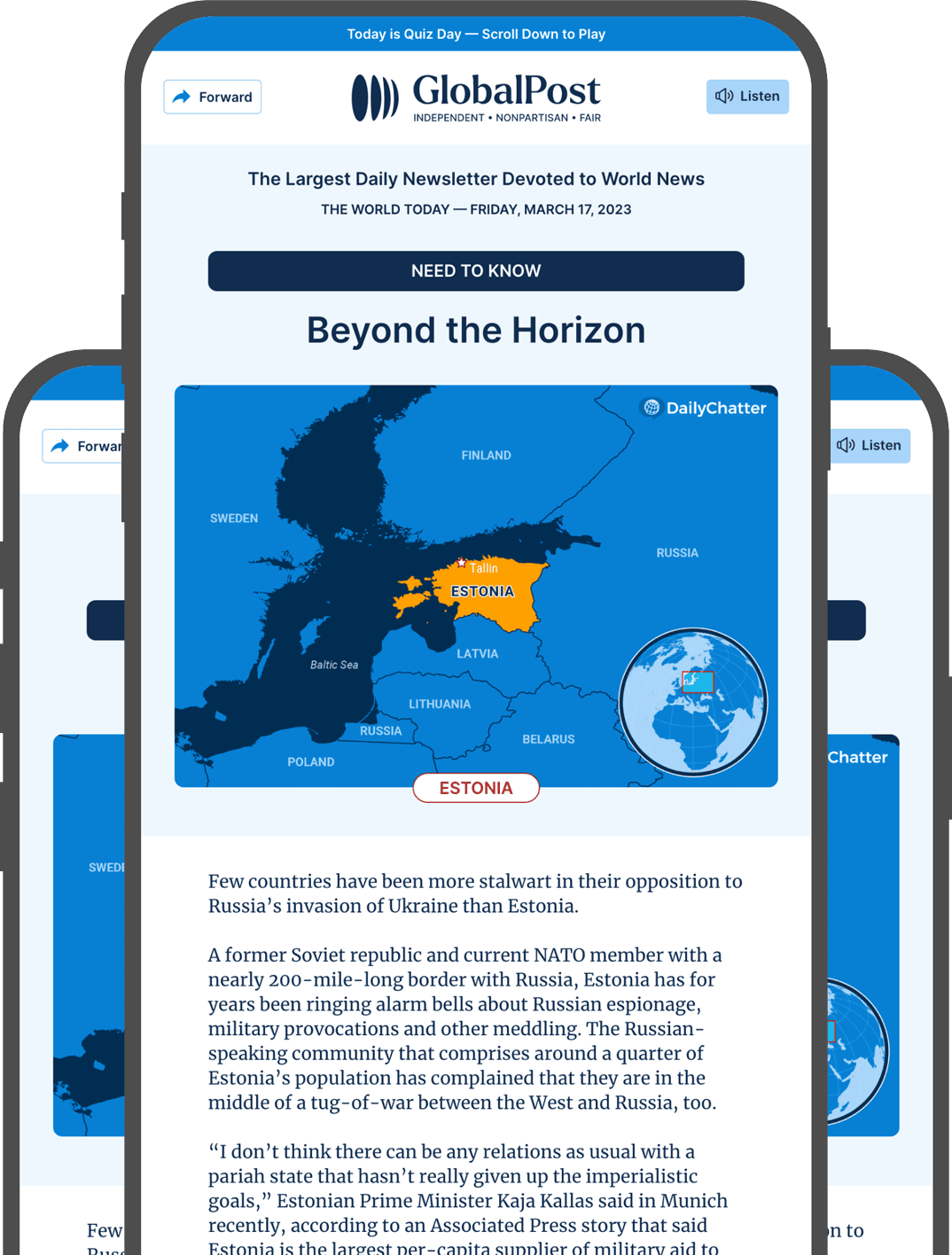The Serbian Standoff: Students Won’t Back Down. Neither Will the President

Late last month, more than 140,000 Serbians took to the streets in the latest protest against the Serbian government. This time, however, they were met with an unusually high level of violence, clashing with riot police in a melee that left dozens of officers and students injured and dozens more protesters in handcuffs.
The next day, the protesters came back in force, erecting metal fences and using garbage containers to block roads and a key bridge in the capital of Belgrade, and pelting the offices of the ruling populist Serbian Progressive Party (SPP) with eggs in the northern town of Novi Sad.
The near-daily demonstrations erupted eight months ago over corruption.
What’s unusual about the protests in Serbia now, however, is that they are still going on, say analysts, explaining how demonstrations here and in other countries usually fade after a few days or weeks because of the toll they take on protesters: Missed work and family commitments, and exhaustion in the face of harsh weather conditions, violence, and persecution.
And yet they stay.
“We are here today because we cannot take it anymore,” student Darko Kovacevic told the Associated Press. “This has been going on for too long. We are mired in corruption.”
Protesters say they will remain. The president they are determined to bring down, Aleksandar Vučić, says he has no plans to go. As a result, the battlelines have become etched in the streets, which have seen disruptions since November when a concrete canopy at the railway station in Serbia’s second-largest city, Novi Sad, collapsed, killing 16 people. Protesters blamed corruption in the contracting process.
Initially, the protests called for a transparent accounting of the accident and justice for the victims. Now, the demonstrators want the government to step down and call new elections.
Vučić is defiant, calling the demonstrators “foreign agents,” and accusing them of threatening the “constitutional order,” a charge usually reserved for those involved in armed insurrections.
He has increased the pressure on protesters by putting riot police on the streets and arresting protesters, cutting the funding off to universities closed by students, and threatening students and their families.
Vučić, who has held various posts of power in the country since 2012 and became president in 2023, has become increasingly authoritarian since coming to power more than a decade ago, say analysts. Though he formally says he wants Serbia to join the European Union, critics say he has stifled democratic freedoms and has strengthened ties with Russia and China.
Even so, observers say he is clearly rattled that the protests have not dissolved but grown.
Over the past six months, Vučić and his right-wing SPP have been trying to make concessions, say observers. The government has arrested 13 people in connection with the accident at Novi Sad, including the former minister in charge of construction at the time, reported Balkan Insight.
Also, the president fired his prime minister and proposed an “advisory referendum” on his presidency, which was rejected by the opposition as non-binding.
Even so, the real shock came on June 8 in Vučić’s strongholds of Kosjerić and Zaječar, two small towns where the SPP has traditionally received almost 80 percent of the vote in local elections. Instead, its support dropped dramatically to 51 percent and 48 percent, respectively, in the first vote since protests broke out, and one that saw record turnout.
“Namely, (the elections) showed that sustained public pressure, and synergy between students and opposition, can effectively challenge and expose the mechanisms of electoral manipulation that have long propped up the Vučić regime, casting serious doubt on their effectiveness, especially if nationwide elections were to be held,” wrote the Balkans in Europe Policy Advisory Group.
Serbia under the current government has seen mass protests break out regularly over elections, a lithium mine, and other issues since 2016. The government has always survived them. But analysts say they think even the president has doubts that the protesters will tire and eventually go home – until the next trigger.
“The government tried to react to the protest in the usual way through a mixture of intimidation and diverting attention…,” Marta Szpala, of the Center for Eastern Studies in Warsaw, wrote in New Eastern Europe magazine. “Usually this has worked but not this time.”

Subscribe today and GlobalPost will be in your inbox the next weekday morning
Join us today and pay only $46 for an annual subscription, or less than $4 a month for our unique insights into crucial developments on the world stage. It’s by far the best investment you can make to expand your knowledge of the world.
And you get a free two-week trial with no obligation to continue.
